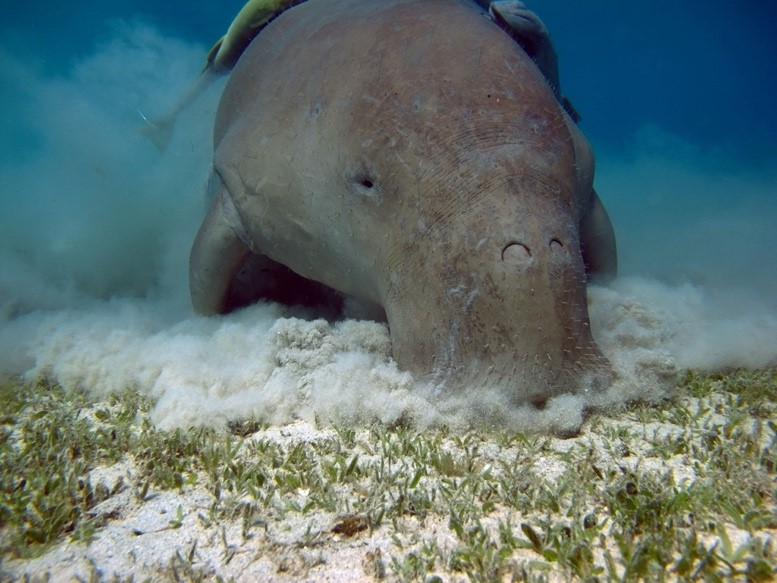Free Courses Sale ends Soon, Get It Now


Free Courses Sale ends Soon, Get It Now


 Disclaimer: Copyright infringement not intended.
Disclaimer: Copyright infringement not intended.
Context
About Dugong
Geographic Range
Habitat
|
Physical Description
Behaviour
Food Habits
Ecosystem Roles
Uses
Conservation Status
Taxonomy
Fun Facts About Dugongs
About Manatees
|
PRACTICE QUESTION Q) Which of the following statements with reference to Dugong is/are correct? 1. Dugongs are the only completely herbivorous marine mammals. 2. Like dolphins, dugongs lack a dorsal fin. 3. Dugongs are a semi-nomadic species.
Correct Answer: 3 |
https://www.news18.com/viral/highly-endangered-sea-mammal-dugong-safely-released-by-tamil-nadu-fishermen-7785595.html
© 2024 iasgyan. All right reserved